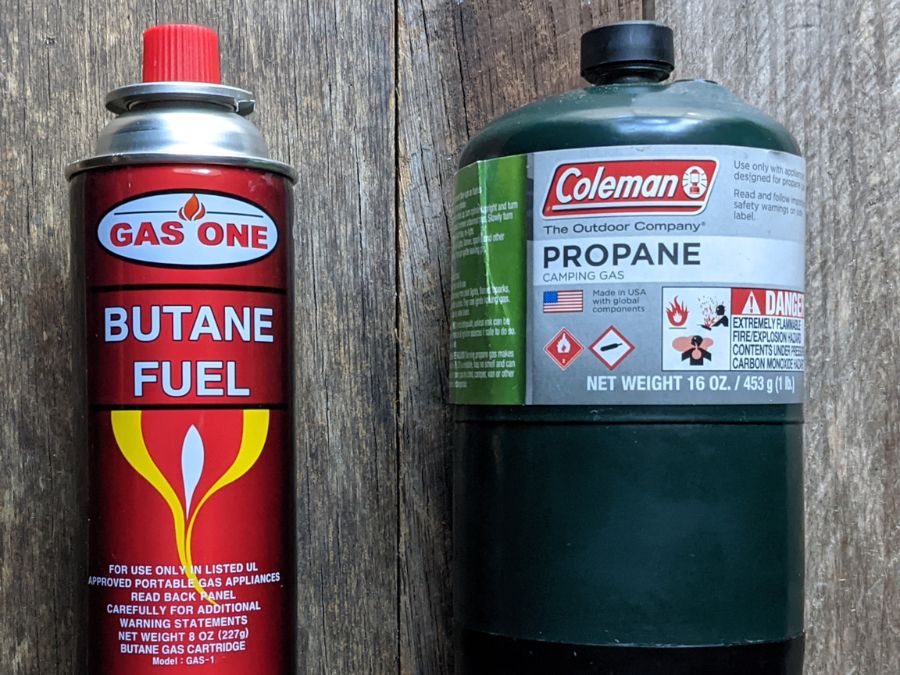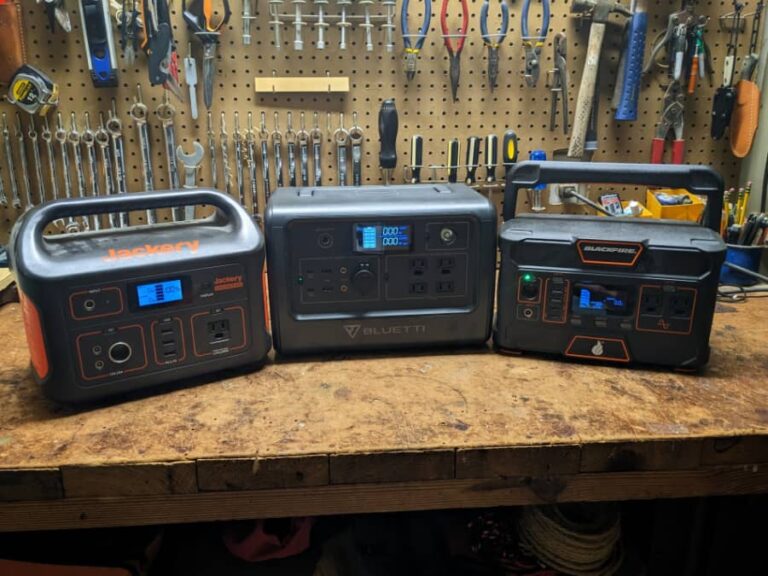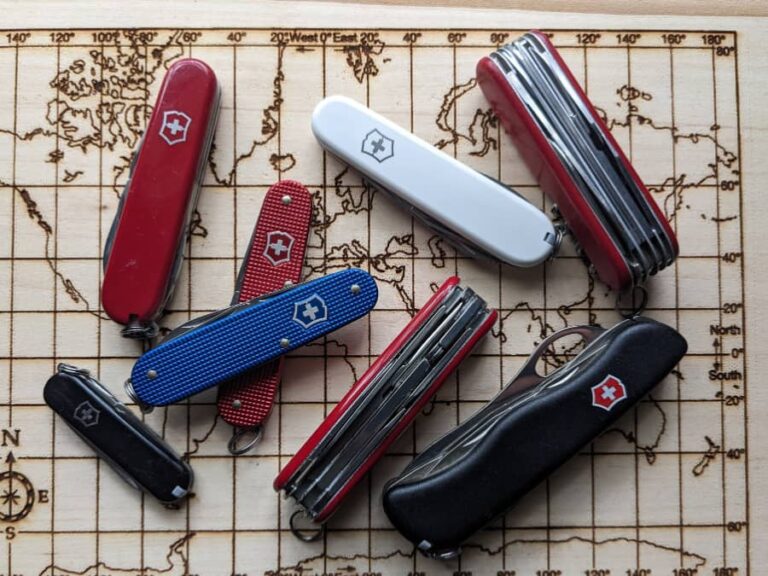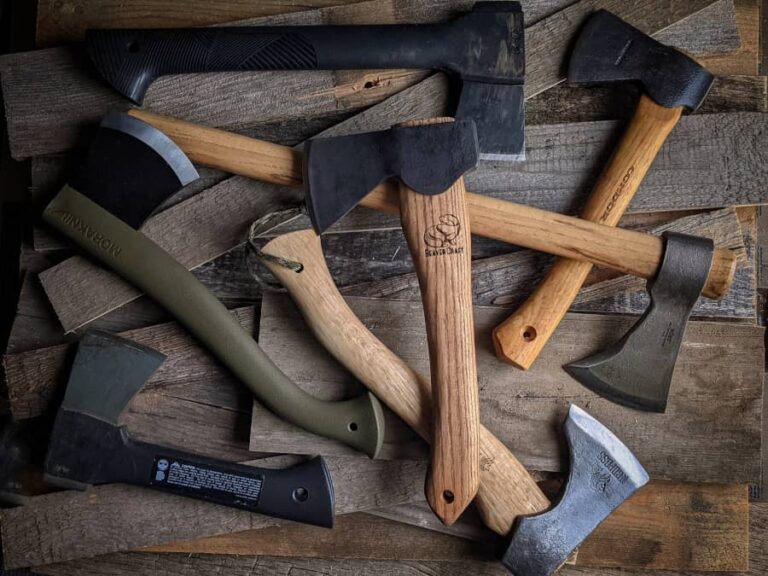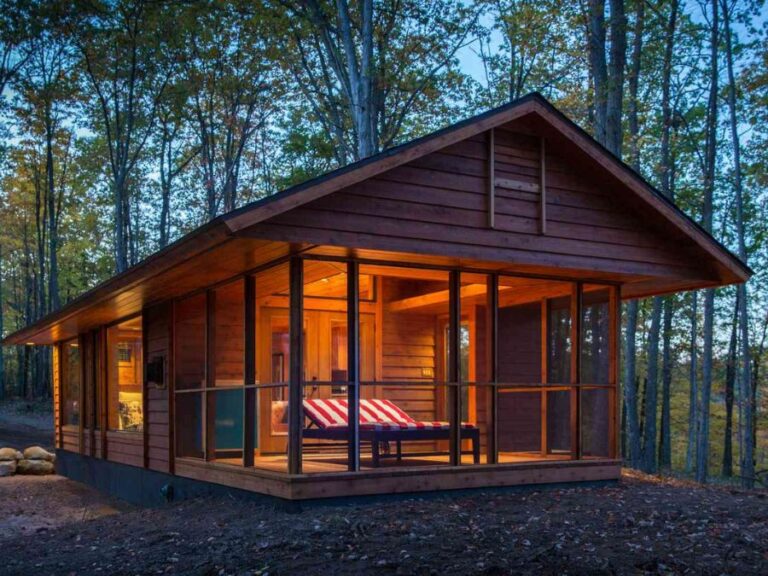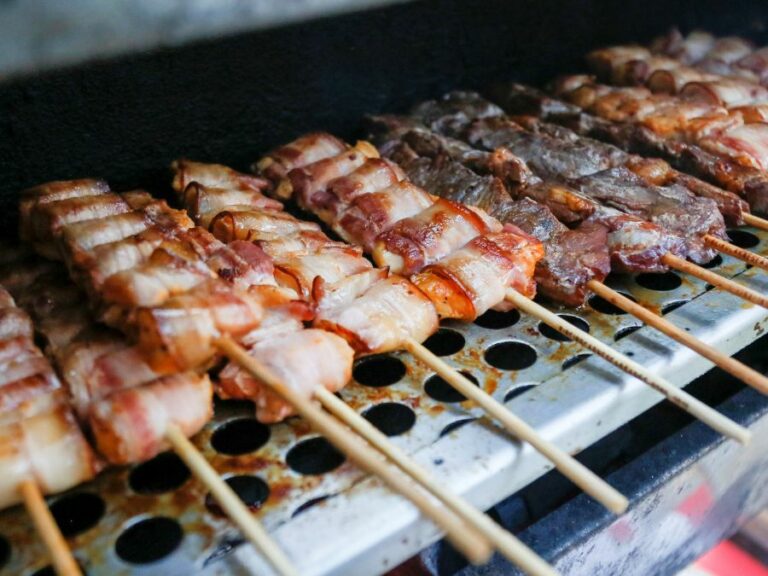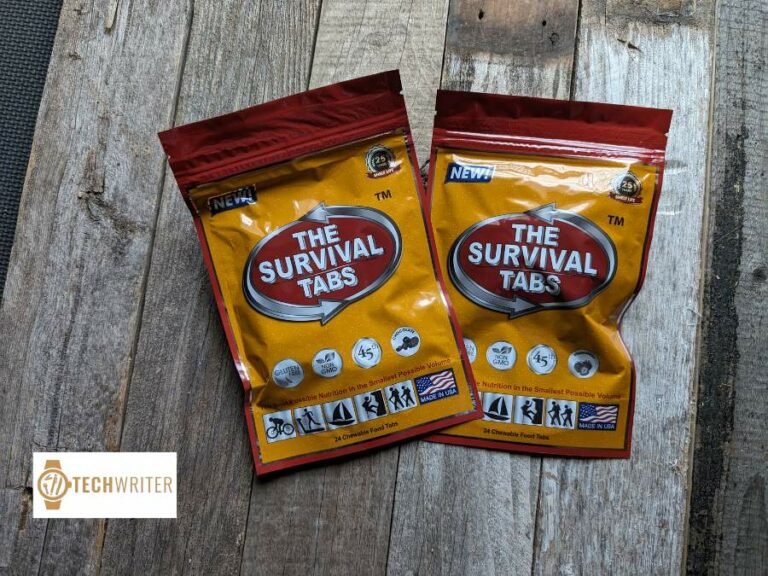Butane Vs. Propane For Camp Stoves
There’s nothing quite like a hot meal at the end of a long day on the trail. And unless you plan on doing all your cooking over an open fire, that means you’re going to need a camp stove. It also means you’re going to need to choose the best fuel for your camp stove.
For most campers and backpackers, the big question is—which is the better fuel, butane or propane? As is often the case with these kinds of comparisons, there isn’t necessarily a clear answer. But there’s always a best choice, depending on your situation.
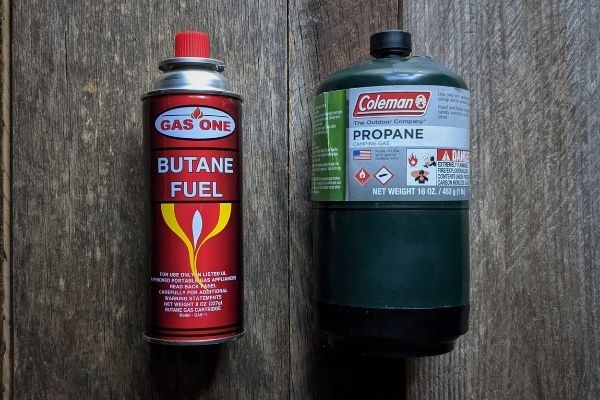
What’s the Difference Between Butane and Propane?
Let’s start with some science! Butane and propane are both LPGs (liquid petroleum gases). They’re also both hydrocarbon gases, which means that they’re both made up of different numbers of hydrogen and carbon atoms.
Butane is made up of four carbon atoms and 10 hydrogen atoms. Propane is made of three carbon atoms and eight hydrogen atoms. Basically, they’re very similar gases, but their differing makeup causes them to behave a little differently depending on the conditions.
The biggest difference between butane and propane—or, at least, the difference that has the greatest impact on your choice between the two as fuel—is their boiling point, or the point at which they change from a liquid to a gas.
Butane becomes a gas at 30.2°F, which is just a couple degrees below freezing. Propane becomes a gas at a much lower -43.6°F. This difference in boiling point has a huge impact on when and where a butane or propane stove can and should be used.
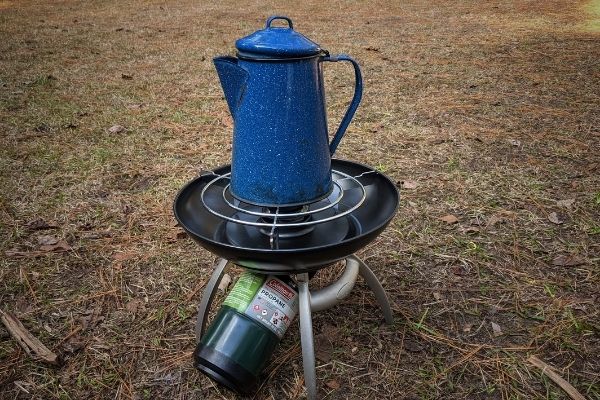
Pros and Cons of Butane Vs. Propane
Butane and propane differ in a few key ways that will impact the camp stove you choose to use and the type of fuel that’s best for your situation. Some of these differences are a matter of convenience or personal comfort, but some could also mean the difference between life and death in a survival situation.
Temperature
This is a big one. As I mentioned above, butane’s boiling point is 30.2°F. That’s important because it means your butane camp stove will not work at temperatures below 30.2°F, because like any combustible fuel, butane burns as a gas, not as a liquid. If you’re planning a winter backpacking trip, that could be a problem!
With propane, on the other hand, you’ll be able to fire up your stove as long as the mercury doesn’t fall below -43.6°F. That temperature isn’t quite impossible, but it is exceptionally rare. Bottom line: if you expect to encounter temperatures below freezing, choose propane.
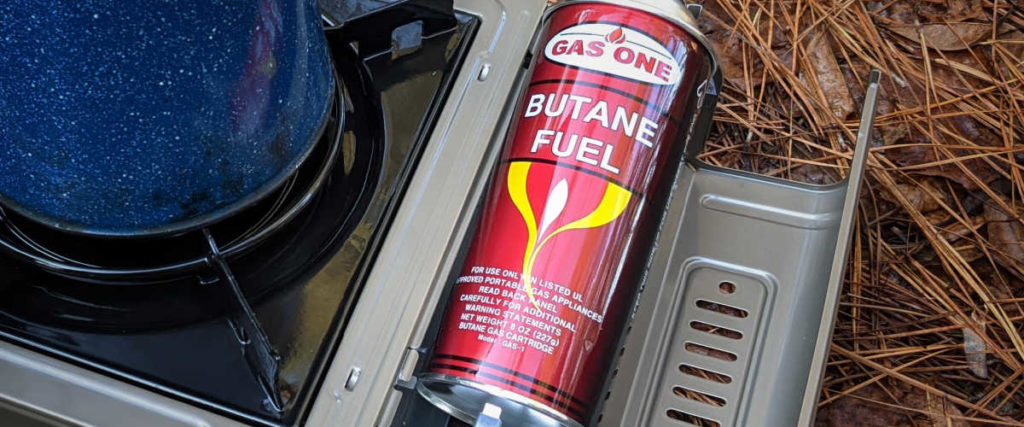
Altitude
If you’re an alpine hiker or mountain climber, altitude is another important consideration when you’re choosing a butane or propane stove. The reduced air pressure and lower oxygen levels at high altitudes can hinder the performance of any stove, but ultimately propane fares better than butane when you’re at high elevations.
Contrary to a common myth, the reason for this is not that butane won’t burn at high elevations. The problem is that the Piezoelectric ignition systems used on most butane burners won’t ignite at a certain altitude. As a general rule, this renders butane lighters useless above 5,000 feet, and butane stoves useless above 10,000 feet.
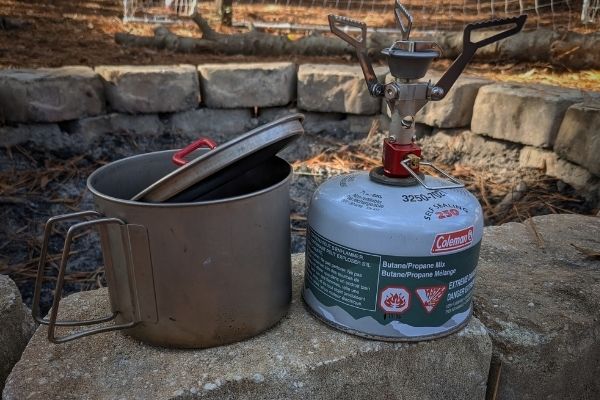
Weight
Weight is one consideration that gives butane an edge. Butane canisters are much lighter than comparable propane canisters, and the reason for that goes back to their disparate boiling points. Because propane is a gas at any temperature above -43.6°F, it must be stored in canisters at very high pressure compared to butane, making it significantly heavier.
Longevity
If you’re looking for the maximum burn time out of each canister of fuel, butane is the answer. Butane provides more energy by volume, so you can cook longer on less fuel. A quantity of butane will, on average, burn about 12% more than an equal amount of propane.
This is one reason why many backpackers choose butane. A canister of butane fuel lasts longer than propane, which means you don’t have to resupply as often. That’s a huge advantage on a long trail where you have to carry all your supplies on your back, and may not have an opportunity to buy more fuel for days or weeks at a time.
Cost
Budget-conscious campers typically go with propane as their fuel of choice because it is relatively inexpensive compared to butane. Propane is also more readily available; you can find it at practically any hardware store, or the camping section of any major department store. Butane is costlier and a bit more specialized.

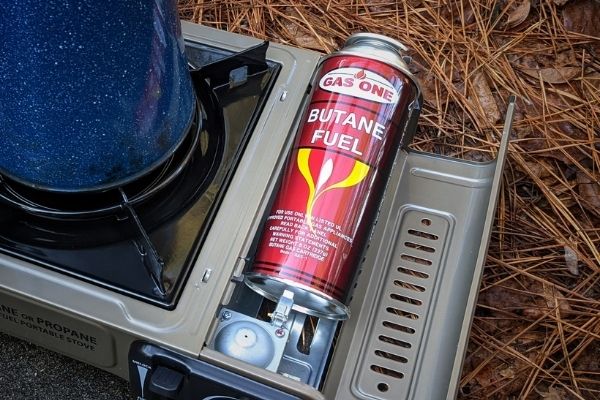
Safety
I’ve heard a lot of questions whether butane or propane is safer, and there isn’t a definitive answer on this one. Both fuels are very safe when they are used, stored, and handled properly. And as with any combustible material, there are hazards of both if they are handled or stored in an unsafe manner.
Butane and propane canisters should both be stored in a dry place away from direct sunlight at temperatures below 120°F. Camp stoves that use butane or propane can both produce carbon monoxide, and should always be used outdoors in a well-ventilated area.
Compatibility
A big “pro” in the favor of propane is its versatility. Broadly speaking, the same propane canisters that are used to fuel camp stoves and barbecue grills are also compatible with camping lanterns and tent heaters. For many campers (especially those who generally go car camping at modern campgrounds) this convenience is as good a reason as any to choose propane.
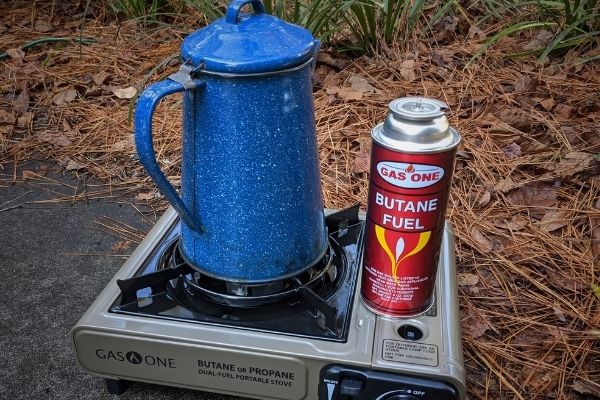
When is Butane a Better Fuel?
Butane is the right choice for long-distance backpackers who want to pack as light as possible and get as much burn time as they can out of each fuel canister. As long as you’re not hiking in cold weather or at high elevations, butane is the all-around winner when it comes to performance and weight.
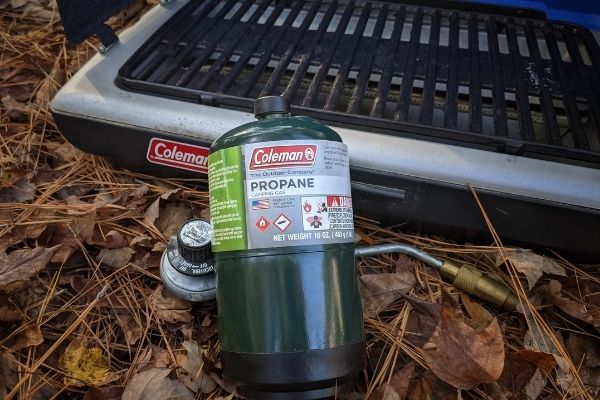
When is Propane a Better Fuel?
Propane excels in cold weather, and performs better at high elevations. It’s also convenient, inexpensive, and versatile, which makes it the fuel of choice for car campers and anyone who doesn’t mind the extra weight. While butane is arguably the better fuel for hikers, propane is generally the best fuel for campers.
Are there Butane and Propane Alternatives?
Today’s backpackers and campers have a few options other than camp stoves that run on traditional propane or butane fuel canisters. Depending on your situation, these might be worth considering.
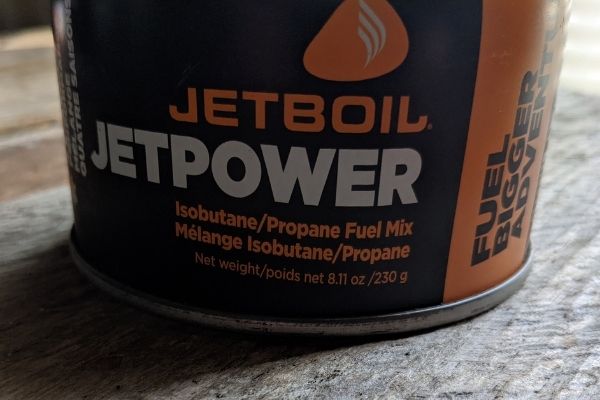
Best of Both Worlds: Iso-Propane
Iso-Propane, sometimes referred to as IsoProp, is a blend of butane and propane that essentially offers a ‘best of both worlds’ scenario. It’s lightweight and long-lasting like butane, and it works at low temperatures and high elevations like propane. The only disadvantage is that it costs more than either.
The exact ratio of butane to propane varies, and this type of canister fuel is made by several outdoor gear manufacturers. One of the most common examples is IsoPro from MSR Gear, which is a blend of 20% propane and 80% butane.
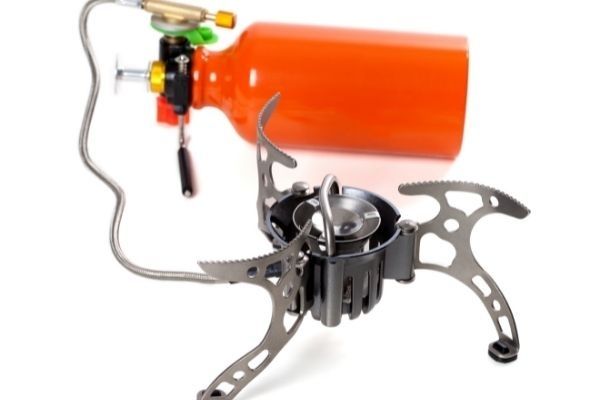
Old School Option: Liquid Fuel Stoves
Liquid fuel stoves run on white gas, a type of highly refined liquid petroleum fuel. These stoves typically are designed with a refillable tank, and some are designed as multi-fuel stoves that can work with a wide variety of liquid petroleum fuels ranging from kerosine to diesel fuel.
One of the main advantages of a liquid fuel stove is that white gas itself is quite inexpensive, and burns well at high elevations and low temperatures. Multi-fuel stoves are also great for international travelers who may have a hard time finding fuel canisters.
The downside is that liquid fuel stoves are bulky and cumbersome, making them inconvenient for backpacking. They also tend to require more cleaning and maintenance, and most models need to be primed before lighting each time. Fuel spills are also possible, and there’s a slightly higher risk of a fire with a liquid fuel stove than with fuel canisters.
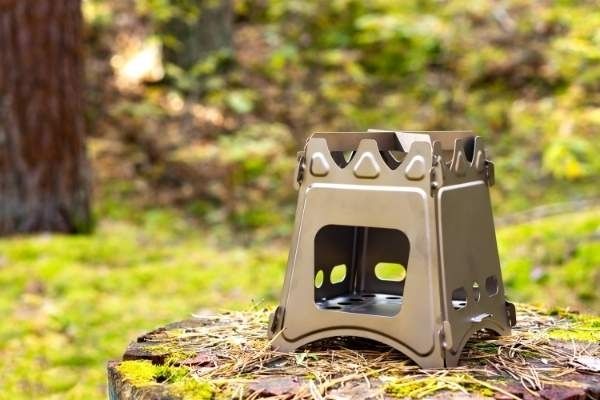
Alternative Fuel Stoves
Quite a few options are available for hikers and campers who prefer an alternative option. Wood burning backpacking stoves like the Solo Stove Lite are increasingly popular, and allow you to easily cook in the backcountry using only sticks and twigs for fuel.
A denatured alcohol stove is another tried-and-true option that tends to appeal to ultralight backpackers because it only weighs a few ounces. These stoves burn denatured alcohol to produce a clean, white flame. They’re inexpensive, and many hikers choose to make their own using tin cans and other readily-available materials.
Solid fuel tablet stoves are also a possibility, but one that seems to be falling out of favor. Although these stoves are very lightweight, the tablets they burn don’t produce as hot a flame as other methods, so they take longer to boil water. The tablets also leave an oily residue behind.
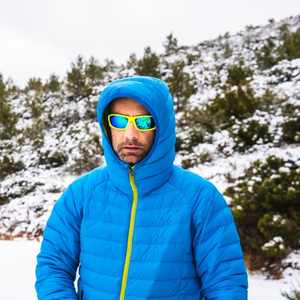
Alan Dale is an experienced backpacker and adventure sports athlete who pays the bills by writing. Married with a small brood, Alan often has his kids in tow on many of his adventures. You can visit Alan here: https://siralandale.com/

